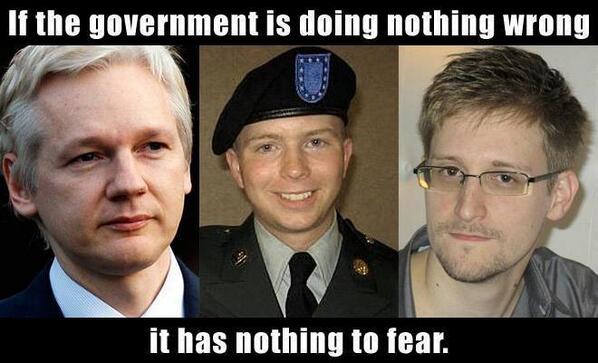
[Educational institute x 3, campus Free University, Amsterdam]
When sleeping over problems, one often comes up with solutions that both are real and so all-encompassing that they’ll need much elaboration before being applicable in a nimble way.
This one was/is on information security, again. Recall the ‘discussions’ I posted some days ago about (industrial) process control versus administrative control? Well, I’ve some more elements for a grand new scheme now.
It struck me that the operators at the (chemical) plant control room, are the ones with the dashboards. Not necessarily their managers. Nor their manager managers, etc. What if instead of some machine equipment, we plug in hoomans into the whole ..? And let them interact like the übercomplex ‘machines’ that they are, doing their (administrative / service) thing that they (want to?) do. All the way to the point where we have no equipment, just humans (with tools, by the way, but those would be under ‘complete’ control of the ones using them so are just extensions of them). One ‘manager’ could then control quite a lot; have a huge span of control…
If, big if, if only the manager would understand the overall ‘process’ well enough, that is, to be able to work with the dashboard then provided. Just Continuous Monitoring as a job, not much more (one would have 2nd- and/or 3rd ‘lines of control’ (ugh for the expression) to fix deviations, do planned maintenance, etc.). Probably not. But one can still dream; organizations would be flat without chaos breaking out.
And if you’d say it would be impossible altogether, have a look at your SOC/NOC room where techies monitor IT network traffic and systems’ health. They even have some room to correct..! And they are aware, monitor, the appropriateness of what flows over the lines, having professional pride in catching un(machine)detected patterns of irregularity possibly being break-in/break-out attempts. And they leave the content for what it is, that’s for the experts, the users themselves, to understand and monitor if only they would.
Why wouldn’t other ‘managers’ copy the idea to their own desk? No, they don’t, yet. They get Reports that they hardly read, because someone else had thought for them in determining what should be in there. And reports aren’t continuous. Walking around is, but would (rightly) be viewed as micromanagement and a bit too much given the non-continuous nature of what modern knowledge workers do. So, we’ll have to define some gauges that are monitored semi-continuously.
Now, a picture again to refresh:

[Westpunt, Curaçao]
But with the measurements not influencing the primary production ..! To let knowledge workers do their thing, in mutual cooperation without interference by some busybody thinking (s)he knows better for no reason whatsoever.
Through which we note that the use of dashboards should not, must not, start with ‘Board’s or similar utterly superfluous governance levels. Governance is for governments. As it is ‘implemented’ in larger organizations, it doesn’t look like kindergarten kids playing Important for nothing. The use of dashboards should start from the bottom, and should include quite rigorous (but not merely by the numbers) pruning of both middle-level ‘managers’ (keep the good ones, i.e., not the ones that are only expert in hanging on! otherwise you spell death), and all sorts of groupie secondary and third-line staff.
Which will only work if you haven’t yet driven out all the knowledge workers by dumbing down their work into ‘processes’ and ‘procedures’ that are bereft of any productive (sic) rationale. And if you haven’t driven out all the actual managers and are left with the deadwood that is expert only in toeing the line or rather, sitting dead still in their place.
Now have a look back also on how you do information security. Wouldn’t the little bit of tuning you may need to do, be focused best on the very shop floor level that go into the ‘industrial’ process as inputs? You would only have to informationsecure anything that would not be controlled ‘automatically’, innate in the humans that handle the information (and data; we’ll discuss later). Leave infosec mostly with them, with support concentrated at an infosec department maybe, and have managers monitor it only to the extent necessary.
And, by extension, the same would go for risk management altogether. Wouldn’t this deliver a much more lean and mean org structure than the top-down approaches that lead to such massive counterproductive overhead as we see today? With the very first-line staff that would need all the freedom feasible to be productive (the managers and rest of the overhead, aren’t, very very maybe only indirectly but certainly not worth their current income levels!) then not having to prove their innocence… See Menno Lanting’s blog for details…
Org structures have become more diamond- than pyramid-shaped; which is plain wrong for effectiveness and efficiency…
So let’s cut the cr.p and manage the interfaces, vertically, and horizontally, noting the faces part; human. An art maybe, but better than the current nonsense…











 [Generalife, Granada]
[Generalife, Granada]